![]() Gua-Le-Ni, also known as The Horrendous Parade, is not a new game. Italian developer Double Jungle actually released the title on iPad back in December 2011. June 2012 saw a huge update for the game including a new game mode, overhauled tutorials, and improved sound and visuals. With all of these changes, it seemed about time The Indie Mine took a look. What we found is a quirky puzzle game that struggles a bit with its controls, but has enough charm and visual wonder to endear itself to gamers of all ages.
Gua-Le-Ni, also known as The Horrendous Parade, is not a new game. Italian developer Double Jungle actually released the title on iPad back in December 2011. June 2012 saw a huge update for the game including a new game mode, overhauled tutorials, and improved sound and visuals. With all of these changes, it seemed about time The Indie Mine took a look. What we found is a quirky puzzle game that struggles a bit with its controls, but has enough charm and visual wonder to endear itself to gamers of all ages.
For players into taxonomy, taxidermy, or the Island of Dr. Moreau, the premise of Gua-Le-Ni is sure to delight. While the game includes multiple modes with different twists, the initial mode, Fiction, has players cataloging animals that travel across the pages of a taxonomy book. Each animal consists of a variable number of horizontal paper segments, each segment including a drawing of one animal part. At the bottom of the play area are picture cubes, the number of which matches the number of animal segments making up the current animal. Each cube face contains a picture of an animal segment, along with two or three letters associated with that animal. For instance, a rhinoceros head would be a picture of the head along with the letters ‘RHI’. The player must match a picture on each cube to an animal segment. The cubes must all be upright and in the correct order before the animal exits the screen or the game is over. The Non-Fiction mode can quickly be unlocked and includes a food element for slowing down faster beasts and earning extra points.
Controlling the cubes is simple enough in concept. Players can flip each of the cubes by swiping them. They can be moved by pinching them and dragging to the desired location. Pinching is also necessary in order to change the orientation of the cube if a picture is not upright. As integral as they are, the controls are unfortunately the most troublesome aspect of Gua-Le-Ni. Flipping the cube faces is easy enough, but any action that requires pinching them can be frustrating. It can take a while to figure out where the hit box is on the cubes that allow for a successful pinch. Even then mistakes are easy to make when the action gets frantic. The more someone plays, the less this is going to be a problem, but it’s definitely something new players should be wary of.
Poetry mode is the most unique of the three modes. It’s a memory test that doesn’t involve the timed puzzle element of the other modes. Poetry mode is told through Percy Shelley’s classic Ozymandias. With each verse comes a new hand-drawn background and a smattering of animals running across the screen. Once the animals have passed, the player must correctly input all of the animal combinations he/she saw. Success results in a few musical lines from Mozart and continuation on to the next poetic verse. This mode was an addition that came after the initial release of the game and is most welcome. The casual nature keeps the game from being a test of reflexes, and players no longer have to worry about the controls getting in the way. Poetry mode also includes an even wider array of animal parts which only adds to the ridiculous fun.
Arguably the most pleasing aspect of the game is the visuals. The animals and backgrounds appear within the pages of a taxonomy book. As such, they’re drawn in a hand-sketched style, but with creations that one would expect to find in the sketchbooks of fantastical authors like Dr. Seuss or Lewis Carroll. Each segment of the animal animates as the real animal would, leading to some hysterically sad monstrosities.
The rest of the presentation is a mixed bag. The classical background music is a nice touch, and the tutorials are explained clearly and concisely with the help of a narrator. While the narrator can be humorous at times, the bumbling English gentleman shtick can wear thin pretty fast. I liked the direction the developers took with it, but I felt like it was just a bit overdone.
While outward appearances might make one think Gue-Le-Ni was meant for a young audience, it really plays to all ages. The game only gets better as players get used to the controls and learn the tips and tricks taught after each game ends. A variety of modes and continued support from the developers ensures that most players will get a lot of play time out of this app. Owners of the New iPad will want to check out the newest update planned for later this month that includes support for the retina display. However, it’s best not to wait too long as the game is currently on sale for $0.99 in the App Store.
Overall Rating: 




This game was reviewed using a copy provided by the developer for that purpose.
© 2012 – 2013, The Indie Mine. All rights reserved.

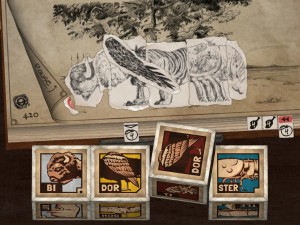
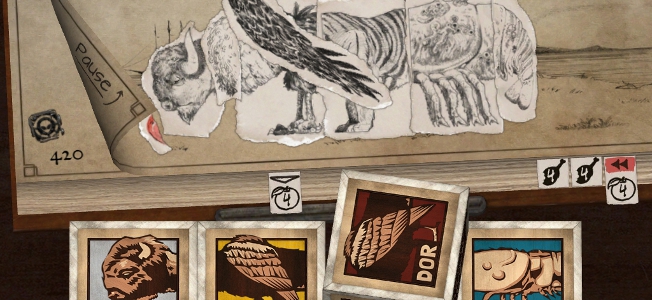
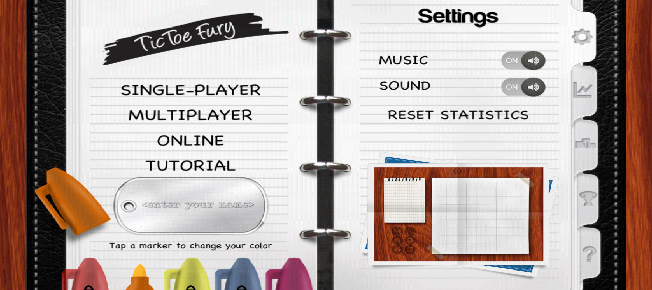
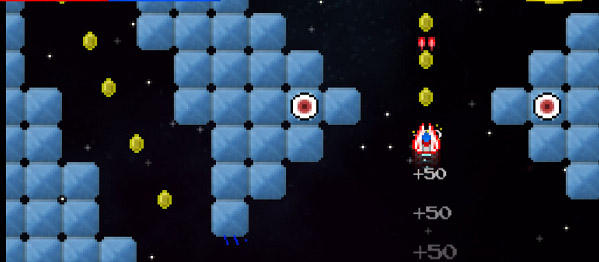
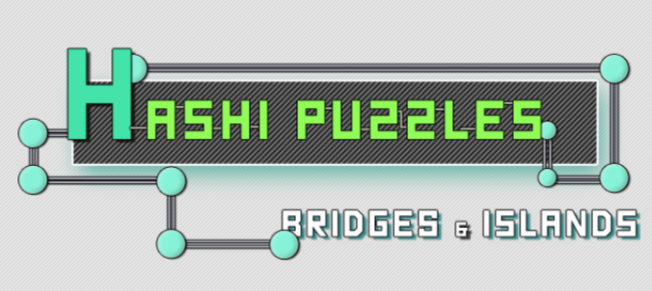
News: A new update has been released for Gua-Le-Ni that includes retina display support.